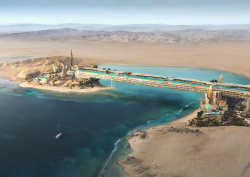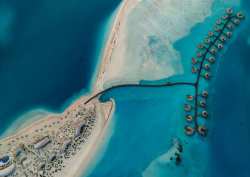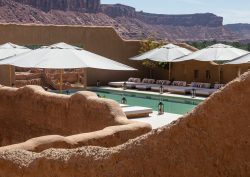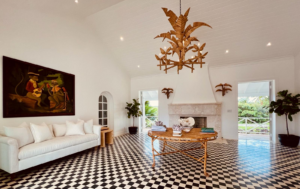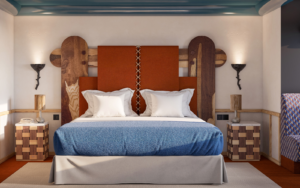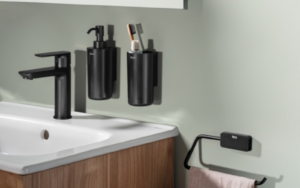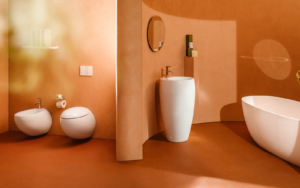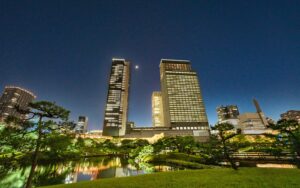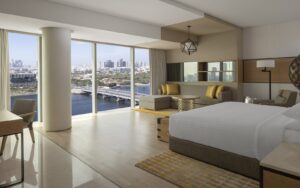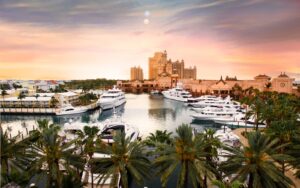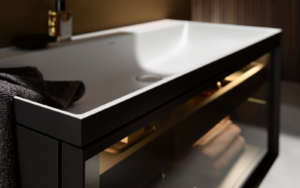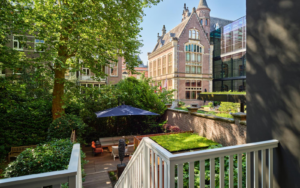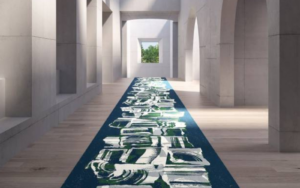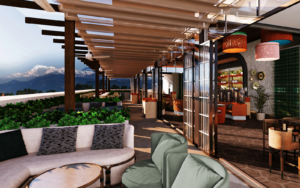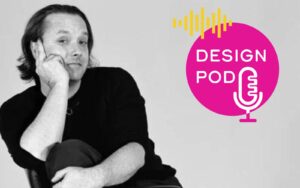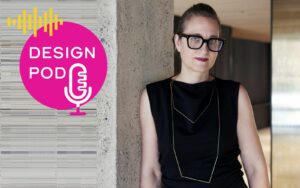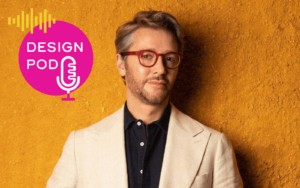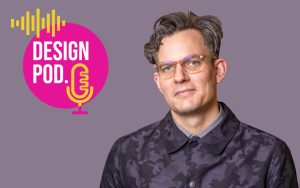Crown Prince Mohammed bin Salman’s vision for a futuristic city in Saudi Arabia has undergone significant revisions. Here’s what we know…

Initially envisioned as a 105-mile long urban corridor, Saudi Arabia’s The Line scope has been dramatically reduced to a targeted 1.5-mile segment by 2030. This shift in scale reflects the immense logistical and financial hurdles associated with realising the project in its original form. While the downsized plans suggest a more pragmatic approach, questions regarding The Line’s long-term viability persist. Critics highlight the project’s ambitious technological goals and uncertain economic feasibility.
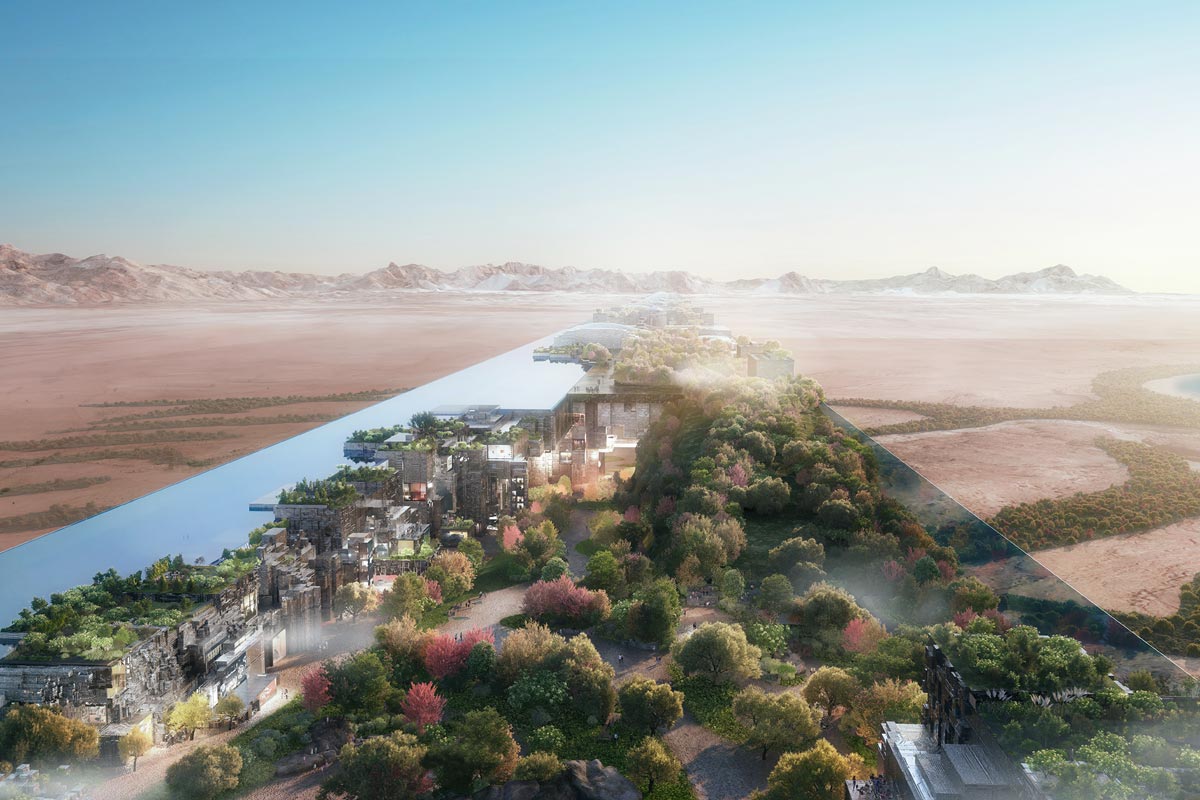
Image credit: NEOM
The project, which had been slated to cost £1.2tn, has undergone a change in vision reportedly due to budget overspends and a large turnover of staff. Despite these challenges, Saudi Arabia remains committed to developing the mirrored city as a hub for innovation and a showcase for the country’s technological prowess. The project’s revised scope suggests a newfound focus on achievability, potentially increasing its chances for success. The coming years will be critical in determining whether The Line can evolve from a futuristic vision into a thriving urban centre.
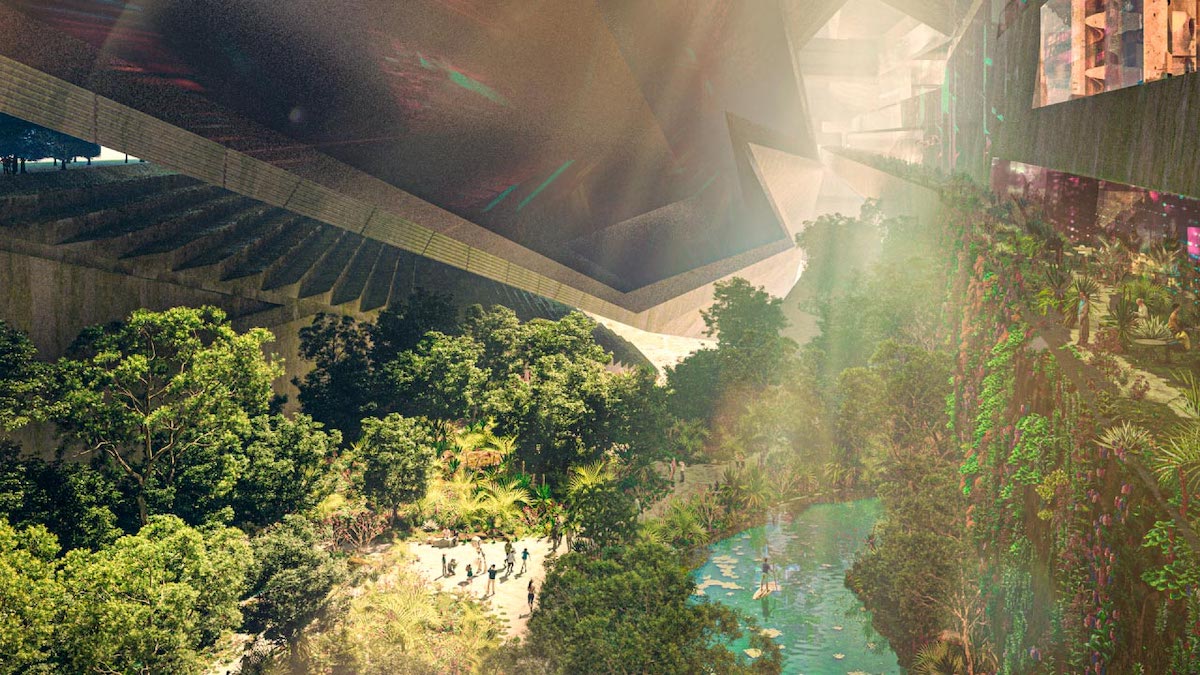
Image credit: Neom
The linear city has been marketed as “the future of accessible urban planning”, offering residents amenities within walking distance and districts connected by one of the world’s fastest trains. Feeling like something out of a science-fiction movie, the “cognitive city” used artificial intelligence to provide all of its amenities. Prince Mohammed describes the city as “tackling the challenges facing humanity in urban life today” to “shine a light on alternative ways to live”.
With plans dramatically changing only a few years after it’s release, what comes of this interesting project will be something to watch, we’re sure!
Neom, which this bold concept is linked to, is part of Saudi Arabia’s Vision 2030 drive that will ’embody the future of innovation in business, liveability and sustainability’.
> Since you’re here, why not read about more NEOM’s latest projects.
Main image credit: Neom

